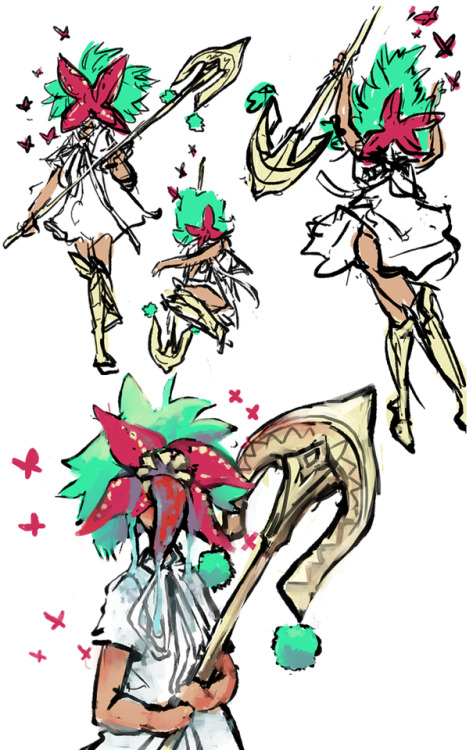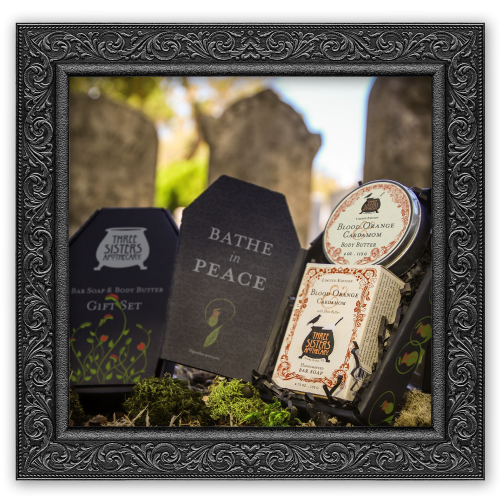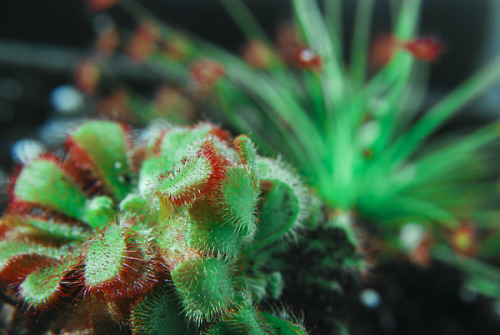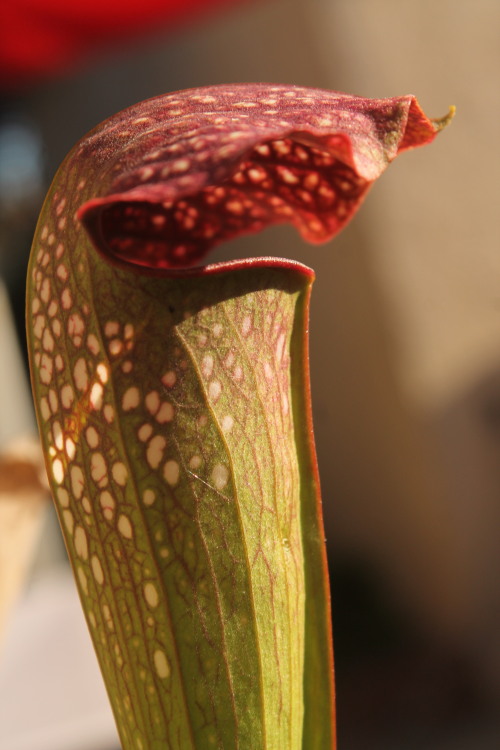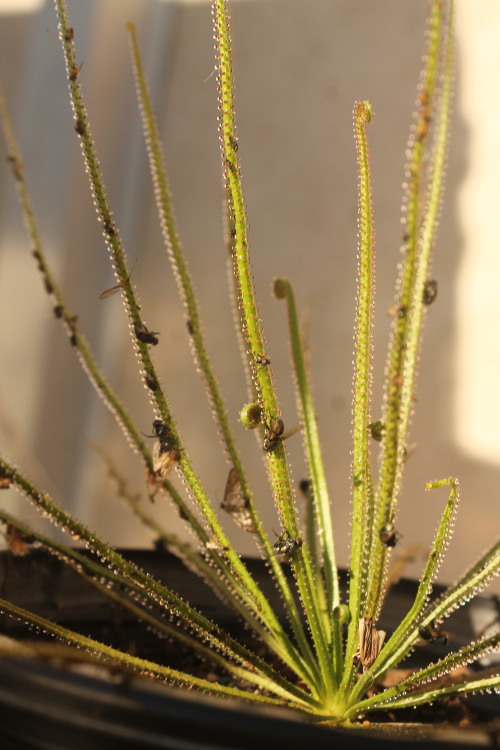#carnivorous plant




Nepenthes truncata in its natural habitat, Mindanao the Philippines. (my last mandarin was being used as the scale).

Day 7: Flower Power


Left is my Giant Ventrata when I first got her & the right is now! Look at all that growth
Sundews. Nothing like a cool carnivorous plant. This one was on a sandy point in Algonquin Park. pgkealey
Post link
First animation practice I did some years ago.
Three Sisters Apothecary
Bathe in Peace Bar Soap & Body Butter gift sets by Three Sisters Apothecary are the ultimate in gothic decadence. Adorned with exotic, carnivorous plants, each set is an indulgence and comes in an array of tempting scents.Post link
Pitcher Plant Symbiosis
The carnivorous plant Nepenthes rajah has developed a mutualistic relationship with mountain treeshrews.
The treeshrews perch themselves on the rim of the trap and eat the nectar produced on the lid. As it feeds, it defecates into the basin.
Pitcher plants get nutrients from digesting trapped insects, and in this case shrew droppings. This is an adaptation to the nutrient poor soils which they grow in.
Chi'en Lee on Wikipedia Commons
Post link
Sarraceniaxexcellens, a naturally occurring American Pitcher Plant hybrid. Plants like this can be found in the southern US swamps and savannas.
Post link
Pinguiculax “Aphrodite”, a hybrid Mexican butterwort. These plants spend half the year as succulents, half as sticky carnivores, and their beautiful flowers are often pollinated by migrating hummingbirds!
Post link
Drosophyllum lusitanicum, the Portuguese Sundew or “Pina Babosa”. This sticky carnivorous plant is a voracious predator, and often emits a vague honey-like scent.
Post link
Sarracenia hybrid


Utricularia sandersonii

Pinguicula ‘Tina’




